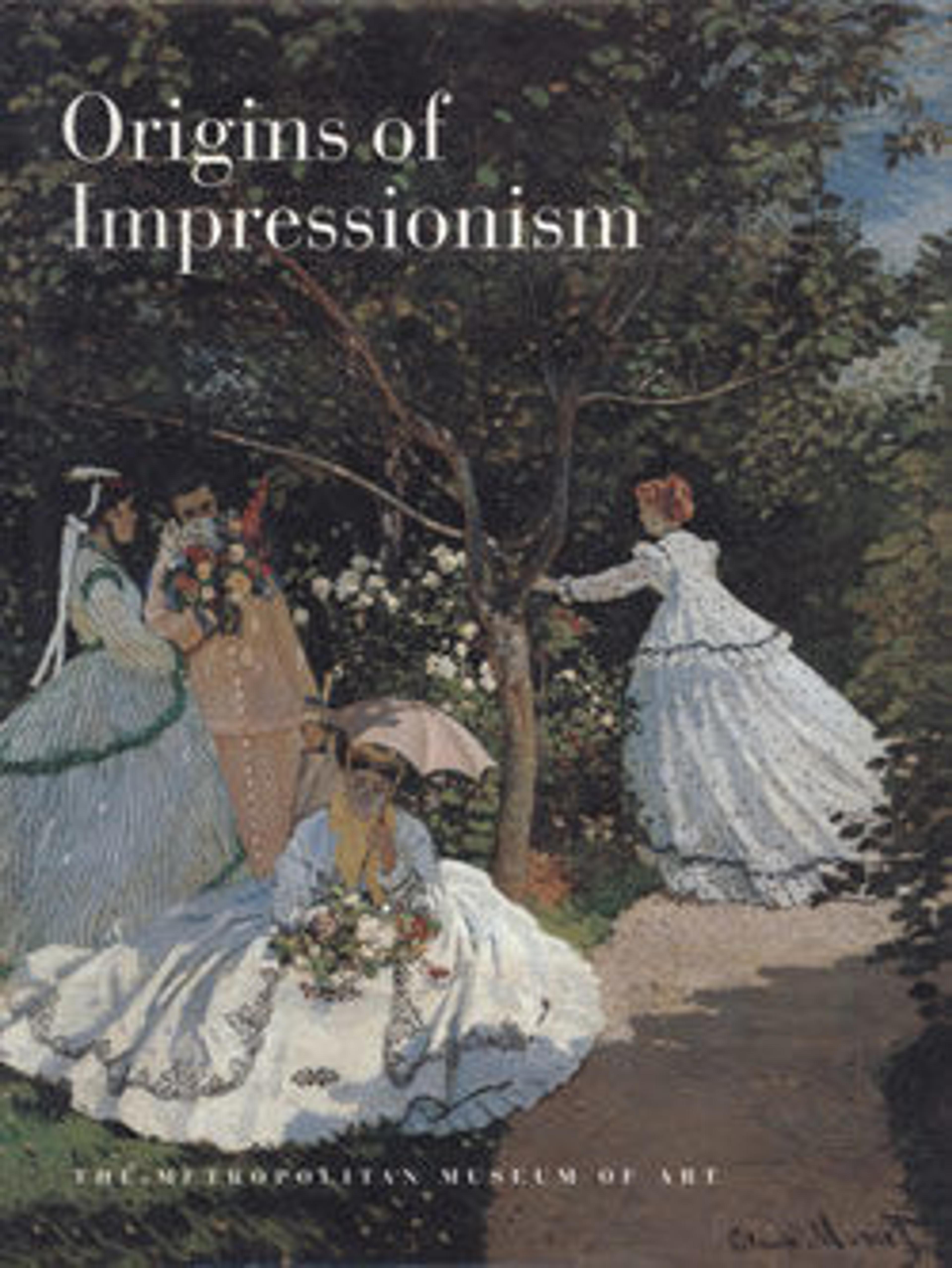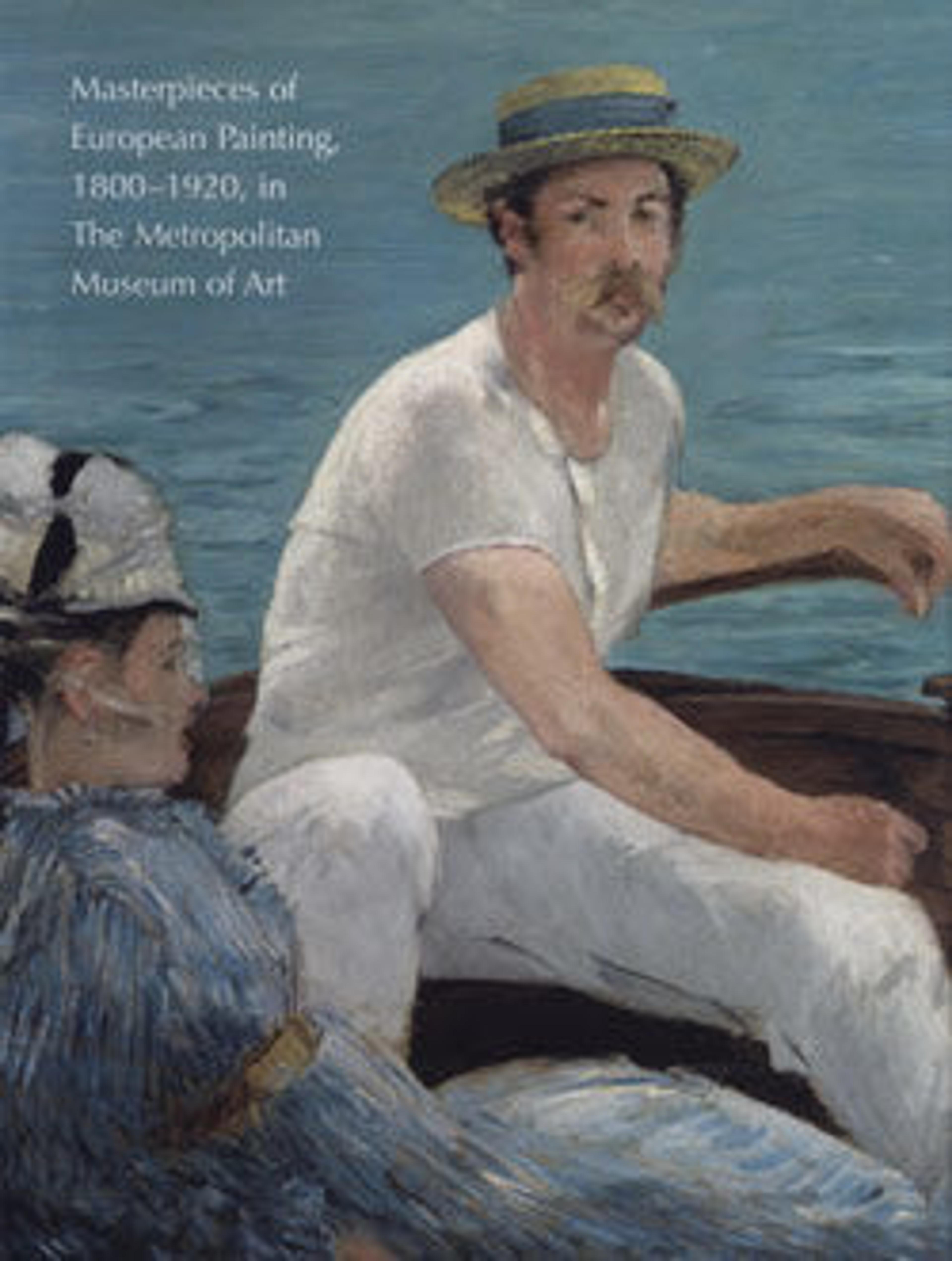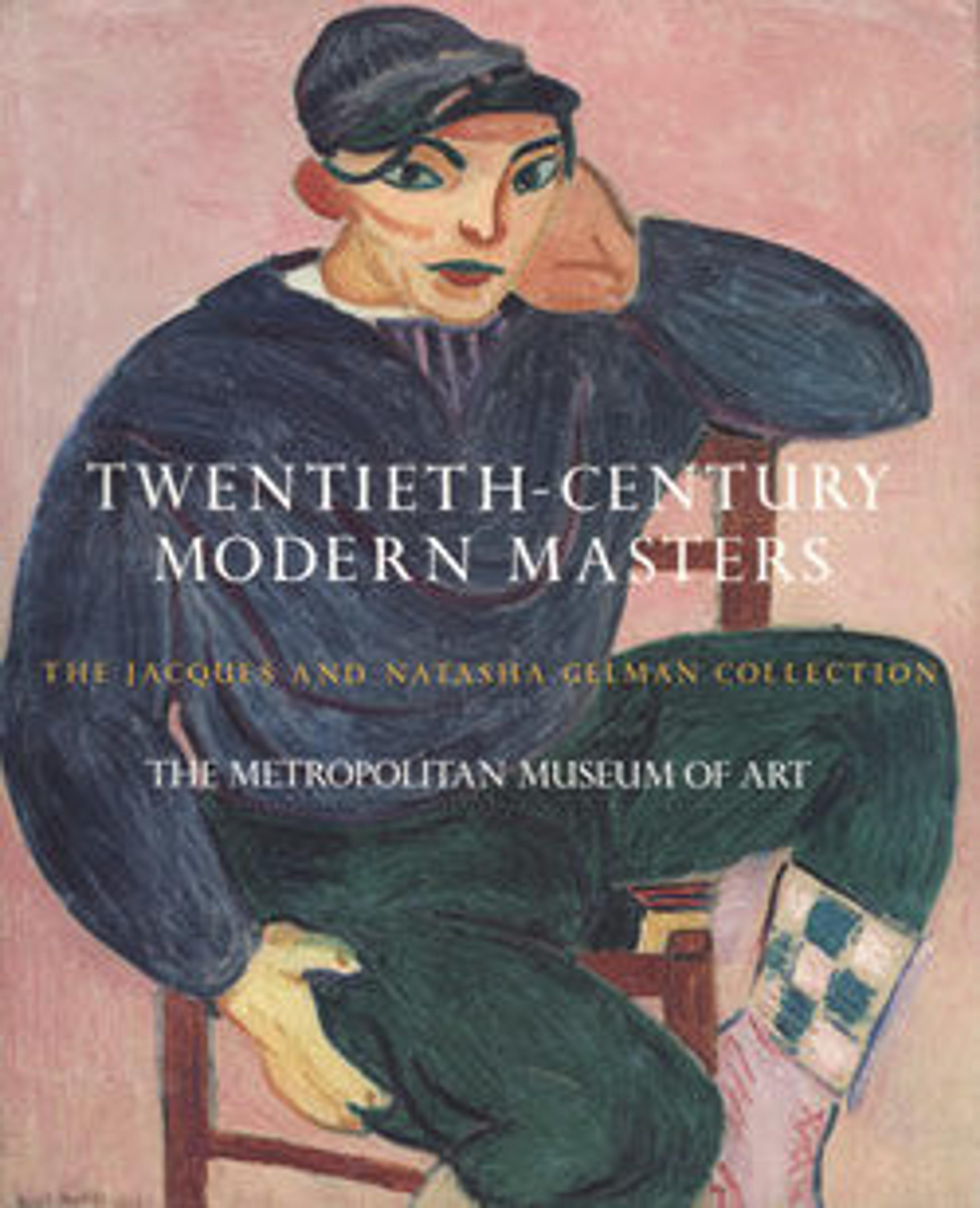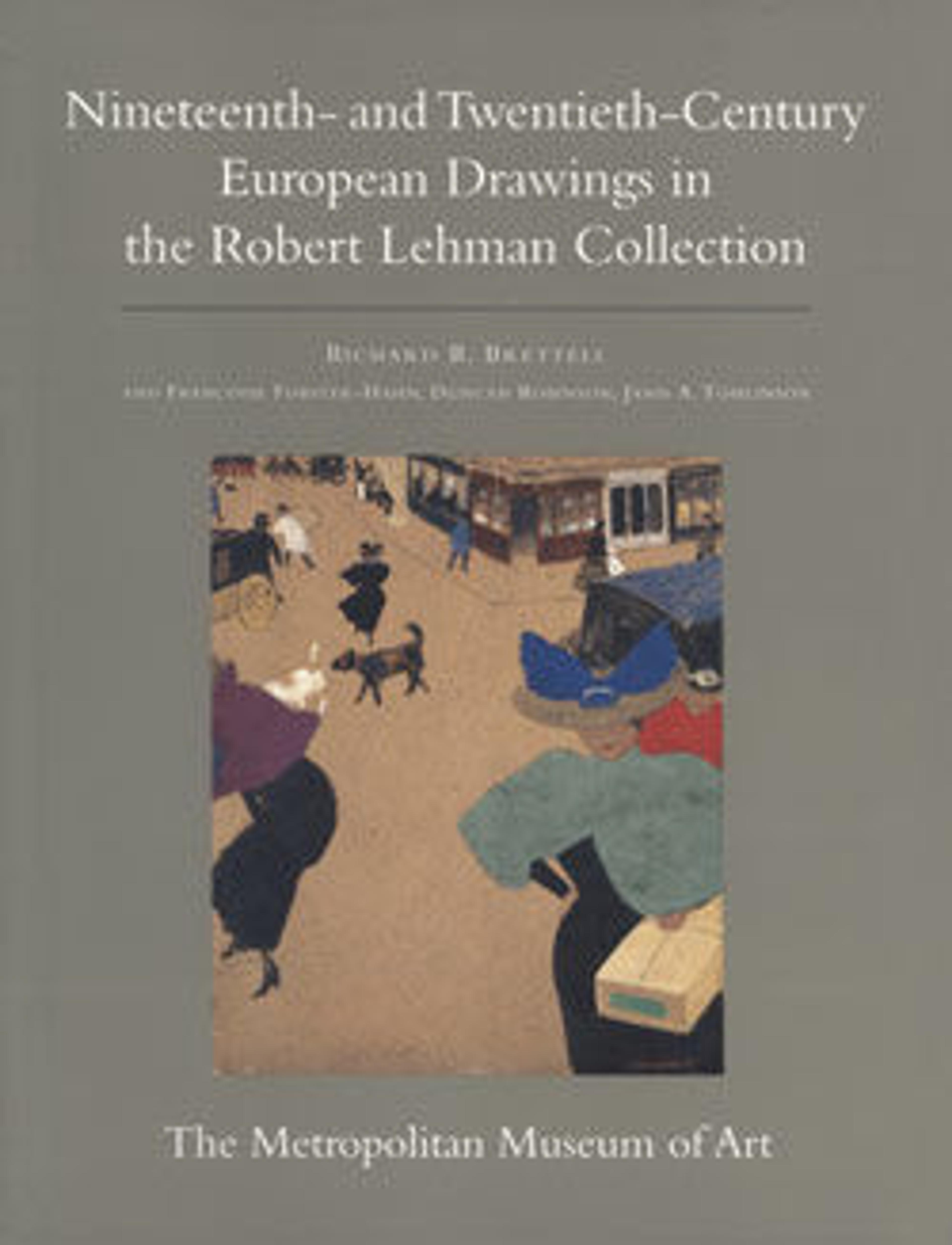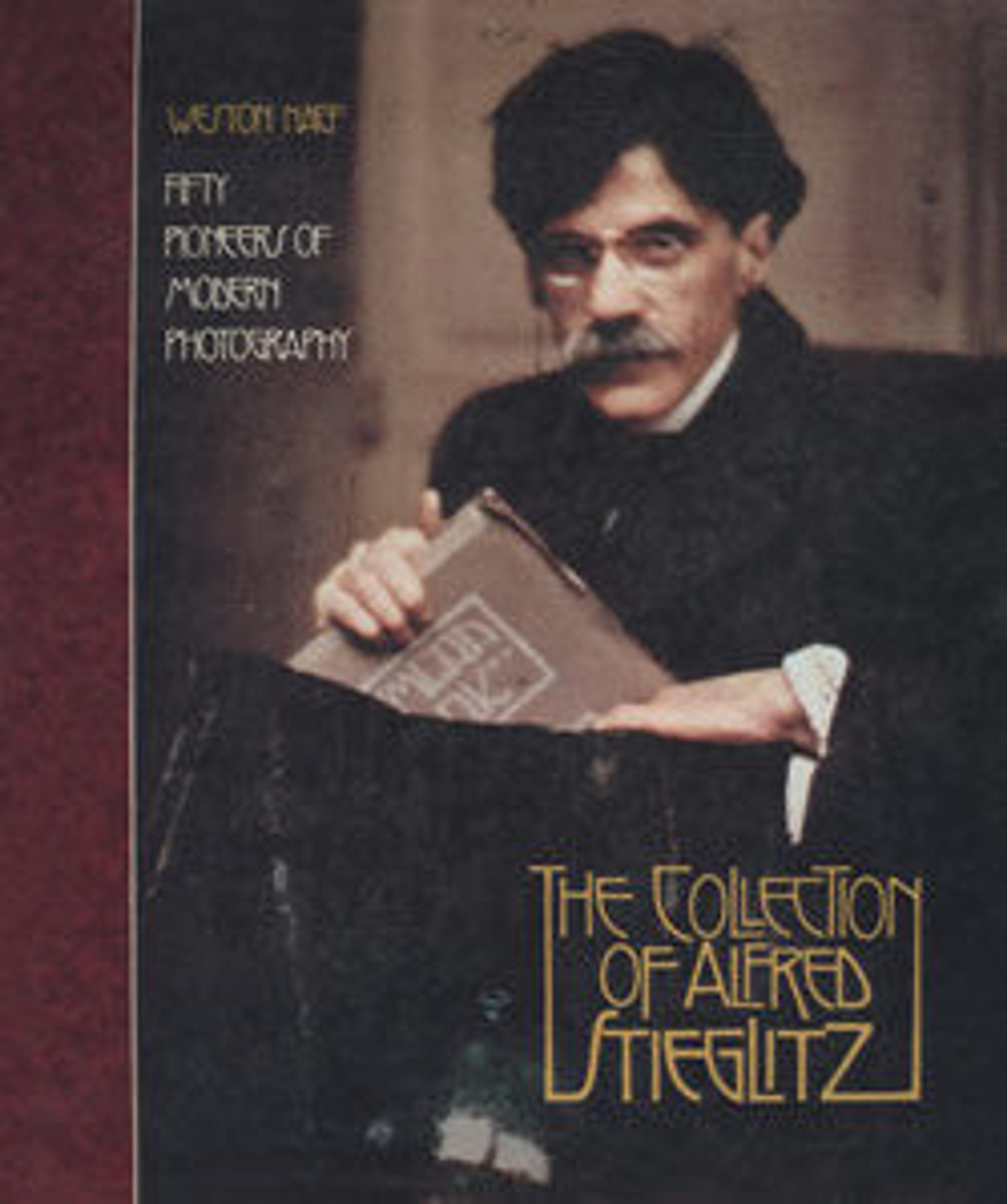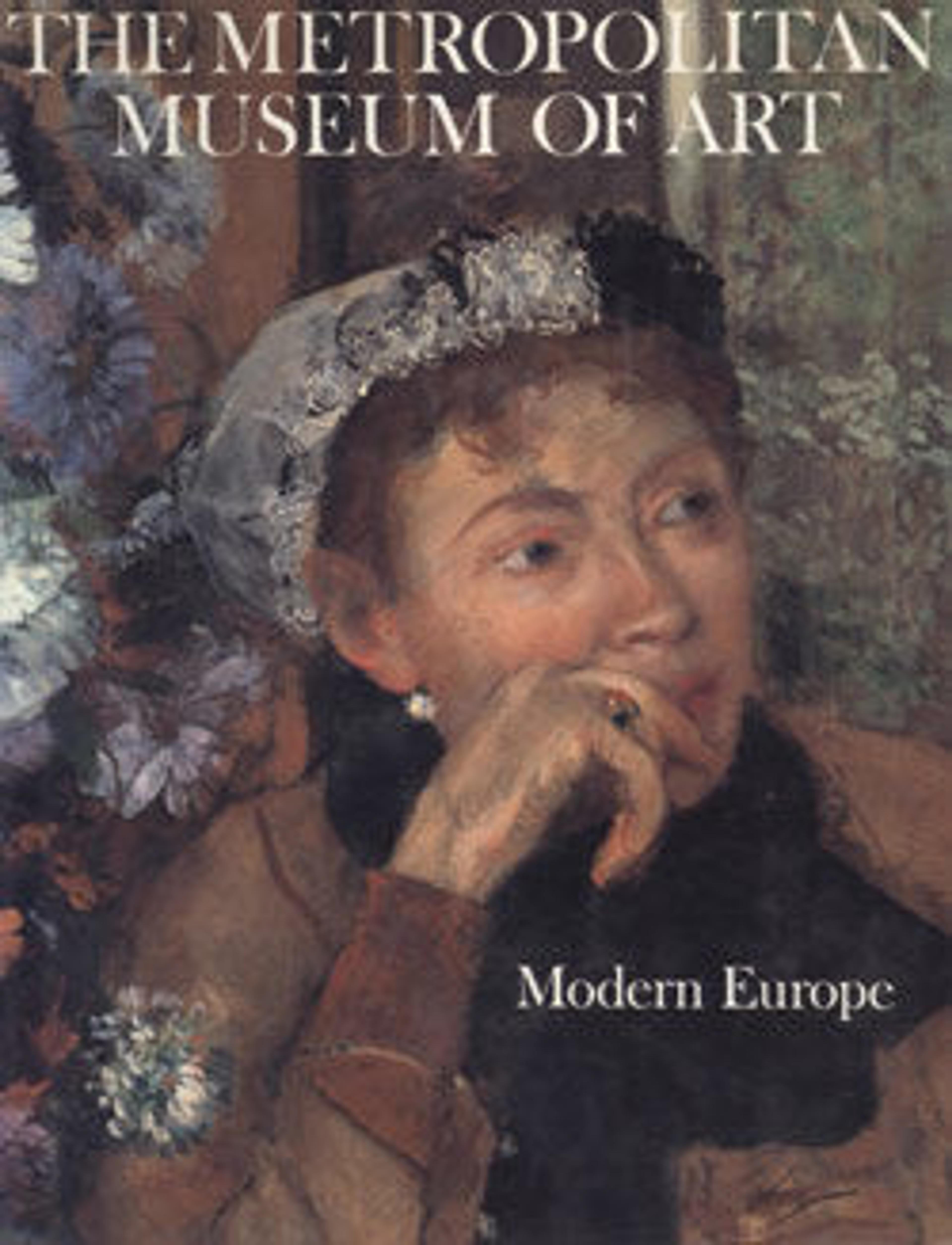
The Metropolitan Museum of Art. Vol. 8, Modern Europe
In 1874 a group of artists whose work had been rejected the previous year by the official French Salon organized their own exhibition in the studio of the photographer Nadar. The group included Pissarro, Renoir, Cézanne, and Monet, whose painting, Impression: Sunrise, led a prominent and hostile critic to deride the whole group as "impressionists," a name that stuck. Scorned by the French art establishment and for main years by the public as well, these artists continued to paint works that are now universally loved and acknowledged as perhaps the first true expressions of the modern spirit.
The Impressionists did indeed depart dramatically from traditional, academic painting techniques and from the romantic or rhetorical subject matter then in vogue. Instead of subjects taken from remote times and places, they chose to paint the artifacts and everyday activities of modern life. In their work, nature ceased to be depicted as ideal and eternal; rather, they showed the instantaneous impression of land, sky, or water in a particular climate and at a particular time of day. Painstaking modeling and traditional perspective were abandoned in favor of short, staccato brushstrokes of color intended to represent the way particles of light reach the retina. This radical break from centuries-old traditions eventually led to new and different modes of painting both within the Impressionists' circle and in the works of succeeding generations throughout Europe and the United States.
Modern Europe presents a selection from the collections of The Metropolitan Museum of Art of the best examples of Impressionism and its heritage, from the classically influenced but radically new works of Manet and Degas to the high Impressionism of Monet and Pissarro; from the work of Cézanne, who attempted to return to painting the weight and solidity abandoned by his colleagues, to the emotive distortions of Van Gogh's portraits and landscapes; from the exoticism of Gauguin, Redon, and Rousseau to the Expressionist visions of Soutine, Munch, Grosz, and Beckmann. Cubism—in which conventional representation began to disappear—is seen in masterpieces by Picasso, Braque, and Villon, and the emerging abstraction of the early twentieth century in works by Kandinsky and Kupka.
In addition to reproducing the work of these influential artists. Modern Europe shows the continuing dialogue between the fine and applied arts, presenting an unusually broad picture of the artists and craftsmen of the nineteenth and twentieth centuries in some one hundred and forty works of art in every genre and medium.
Met Art in Publication
You May Also Like
Press the down key to skip to the last item.
Citation
Metropolitan Museum of Art (New York, N.Y.), and Gary Tinterow, eds. 1987. Modern Europe. New York: The Museum.
